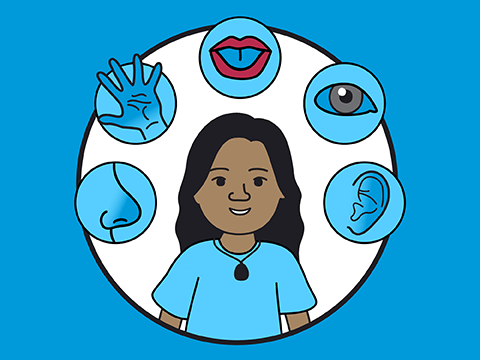Explore learning environments | Te ao o ngā ākonga
Engaging with ākonga in their familiar environment can provide an understanding of how this will influence their new learning environment.
On this page:
On this page:
Current page section: Explore learning environments | Te ao o ngā ākonga
Go to top of current page: Explore learning environments | Te ao o ngā ākonga
Go to top of current page: Explore learning environments | Te ao o ngā ākonga
Go to top of current page: Explore learning environments | Te ao o ngā ākonga
"Ko te manu e kai ana i te miro nōna te ngahere. Ko te manu e kai ana i te mātauranga nōna te ao"
A bird that feasts on berries belongs in the forest. The world belongs to the bird that consumes knowledge.
Why this matters | Te take
Why this matters | Te take
Noticing what works for ākonga in their existing learning environment before and during transition provides valuable insight into their learning and social needs, ensuring a smoother and more personalised pathway to their new school setting.

Source: Ministry of Education | Te Tāhuhu o te Mātauranga
Liaise with previous kaiako | Ngā kaiako o mua
Liaise with previous kaiako | Ngā kaiako o mua
- Schedule a meeting or call – arrange a conversation with previous kaiako to learn about strengths, needs, and learning preferences.
- Gather student profiles and reports – support plans, progress reports, and other information can provide valuable insights when planning for transition.
- Discuss teaching strategies that work – learn about specific teaching approaches, sensory accommodations, and engagement strategies that have been successful.
- Identify communication preferences – find out how the ākonga best communicates (for example, spoken sign language, visual aids or AAC devices) and how they express their needs.
Observe ākonga in their current setting | Mātaihia
Observe ākonga in their current setting | Mātaihia
- Visit the student – visit the student in their current learning environment to see how they engage with their kaiako and learning programme.
- Existing strategies – identify teaching and learning strategies that work best for them.
- Observe choices – what decisions do ākonga make about their learning, including social preferences and routines?
- Identify social and emotional preferences – identify friendships, group dynamics, anxiety triggers, and strategies for emotional regulation.
Collaborate on a transition plan | Te mahere whakawhiti
Collaborate on a transition plan | Te mahere whakawhiti
- Work together with current kaiako – create a smooth, structured transition process, including visits, orientation activities, and support strategies.
- Be open to follow-up conversations – offer to stay in touch with previous staff for ongoing support as ākonga settle into their new environment.
- Learn about previous transitions – ask what previously helped ākonga successfully transition between activities, lessons, and environments.
Useful resources | He rauemi
Useful resources | He rauemi

School enrolment and attendance rights for students
All ākonga have the right to attend school full time. Read further information about student rights.
Publisher: Ministry of Education NZ
Next steps
More suggestions for implementing the strategy “Develop ākonga partnerships | Te mahi tahi me ngā ākonga”:
-
Current page Explore learning environments | Te ao o ngā ākonga
Return to the guide “Te Ara Ako – Learning pathways in times of change”
How to use this site
Guide to Index of the guide: Te Ara Ako – Learning pathways in times of change
Understand:
Strategies for action:
-
Nurture whānau partnerships | WhanaungatangaShow suggestions for Nurture whānau partnerships | Whanaungatanga
-
Develop ākonga partnerships | Te mahi tahi me ngā ākongaShow suggestions for Develop ākonga partnerships | Te mahi tahi me ngā ākonga
- Get to know ākonga | Te mōhio ki ngā ākonga
- Explore learning environments | Te ao o ngā ākonga
- Create transition stories | Te waihanga kōrero whakawhiti
- Embed familiar supports | Ngā taituarā e mōhiotia ana
- Enable social supports | Ngā taituarā pāpori
-
Prepare your environment | Te whakarite wāhi akoShow suggestions for Prepare your environment | Te whakarite wāhi ako
-
Working as a team | He whānau kotahi tātouShow suggestions for Working as a team | He whānau kotahi tātou

